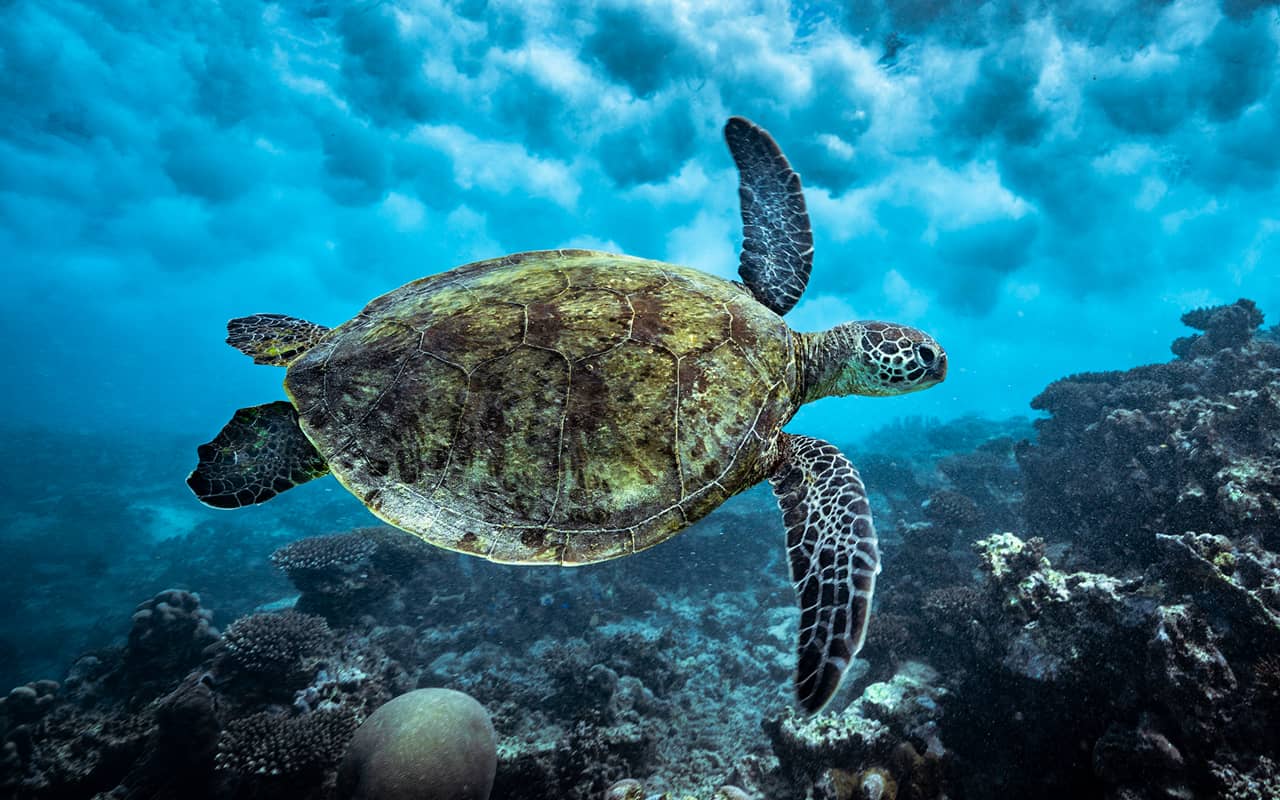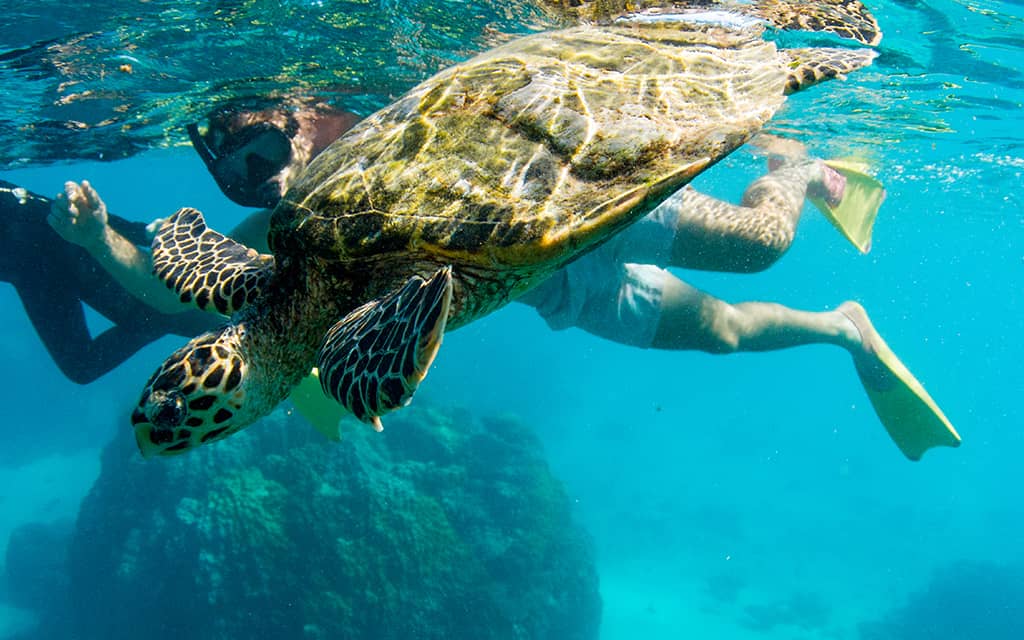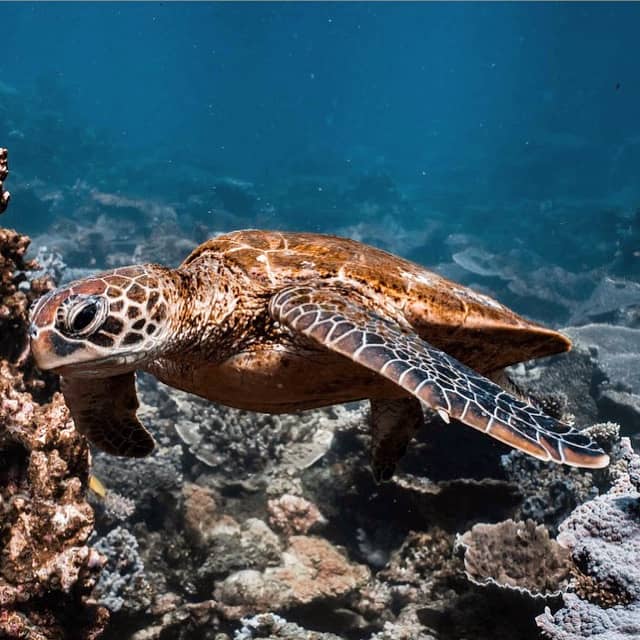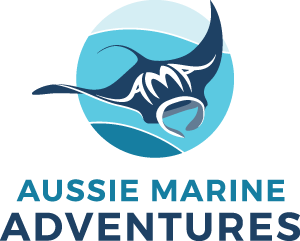I jokingly say this to people on my tours, mainly because turtles are probably the most requested animal I am asked to find for guests on charter boats that I work on up here at Ningaloo Reef.
Whalesharks, Humpback Whales, and Manta Rays (the big 3!) are all very popular but dedicated tours are quite expensive and a little out of reach for budget minded travellers. Our snorkel tours are quite affordable and are a great way to get a taste of what Ningaloo has to offer, including a very high probability of seeing turtles, as well as many other examples of local marine life.
Many of my happy customers want to see dolphins, dugongs, and even sharks – but more than anything, everyone always asks me “will we see turtles?”
Here on the Ningaloo Reef we have 3 main types of turtles that we see regularly – Green Turtles, Hawksbill Turtles, and Loggerhead Turtles. The Green Turtles are by far the most numerous and you are almost guaranteed to see them if you are out on a boat on the West Side inside the lagoon or outside the reef, in the Exmouth Gulf, VLF Bay, Lighthouse Bay or out at the Muiron Islands. Coral Bay is also a great place to see these guys in numbers and there is even a great place to view them from called “the turtle cliffs”.
Aussie Marine Adventures runs Dedicated turtle tours in Exmouth and Coral Bay so you can jump on board to go looking for turtles and even see them in the water while snorkelling on these tours!! Visit our turtle page for tour details and to make a booking.
There are plenty of opportunities to see turtles from places along the shore too so you might be lucky enough to see them pop up for a breath from any of the beaches anywhere along the coast or in the Gulf.
Slightly less common are Hawksbill Turtles but there are still plenty around and it’s always a treat when you catch a glimpse of them because they are really nice looking – they have a really beautiful shell, the patterns are amazing.
Loggerheads are quite special too and they grow to a very large size, they are quite distinguishable because of their large heads. These guys look like dinosaurs if you see a big old one!!
All three species of turtle nest on beaches on the coastline and islands in the local area. It is amazing to think that turtles will always return to the beach where they were born to lay their eggs, which is an amazing feat of instinctive navigation as they may have traveled hundreds or even thousands of kilometers away on migrations to and from feeding grounds.
Starting in August-September, you can see turtles mating in the waters just offshore. Most species reach sexual maturity at about 30-40 years and females will mate with several different males each season when they are ready.
Beginning in October-November is the start of nesting season and you can see female turtles coming up on the beaches at night digging their nests and laying eggs. Up to 100 eggs or more are commonly laid in these nests and each female may nest as many as 3 to 5 times in a season.
It is a magic experience to witness the baby turtles crawling out of the sand to make their way down to the water’s edge. Odds are not that great for newly hatched turtles as there are numerous predators waiting for them including sea-birds circling overhead as soon as they emerge and plenty of fish and other sea creatures waiting for them when they reach the water. It is thought that only about 1 in 1000 baby turtles will reach maturity.
Hatchlings will head for the open ocean and shelter in big seaweed mats that float around out at sea. This provides protection as well as a food source and young turtles can spend many years in this environment, until they are big enough to fend for themselves.
Turtles are quite slow-growing, and may take as long as 30 years to reach the size of a dinner plate and may live up to 80-100 years. Adult Green Turtles average 1 meter in length and around 150 kg. The largest Green Turtle ever recorded was 1.5 meters and 395 kg!!
It’s a very cool experience seeing turtles in the water as you are snorkelling the many beautiful coral reefs in The Ningaloo Marine Park and many of the popular spots will have resident turtles that are quite used to seeing humans and are quite chilled and friendly.
Turtle tips:
- When you see a turtle, don’t chase after them so they don’t see you as a threat, let them come to you and observe from a respectable distance
- NEVER try to touch or ride a turtle, this will scare them and make them skittish which ruins it for everyone in future interactions
- Turtles are reptiles so they have to come to the surface to breathe so don’t swim directly over the top of them as it may discourage them from surfacing when they need to breathe which is not good for them.
Whether you come up north to the Ningaloo Reef for a holiday or you’re a local in the area, it’s a sure bet that turtles will be a big part of your ocean/beach experience!! Join one of our turtle tours to experience the best the reef has to offer. Our skippers know this place like the back of their hand so we’ll head to “turtle town” and have a look around!! Why not come out with us sometime and see what it’s all about?
Shaine Middleton
Skipper on the Ningaloo Reef for over 15 years (and still loving it!!)
About Shaine Middleton
“As a Divemaster and dive boat skipper working out of Coral Bay and Exmouth on the Ningaloo Reef in Western Australia for over 15 years, I’ve been lucky enough to experience the very best Ningaloo has to offer. With over 200 documented dive sites to choose from, I have personally dived (and taken 100’s of divers) to many of the most amazing places here that showcase the area’s diving diversity.”
Shaine Middleton
Divemaster, Skipper and Tour Host – Exmouth, Western Australia







